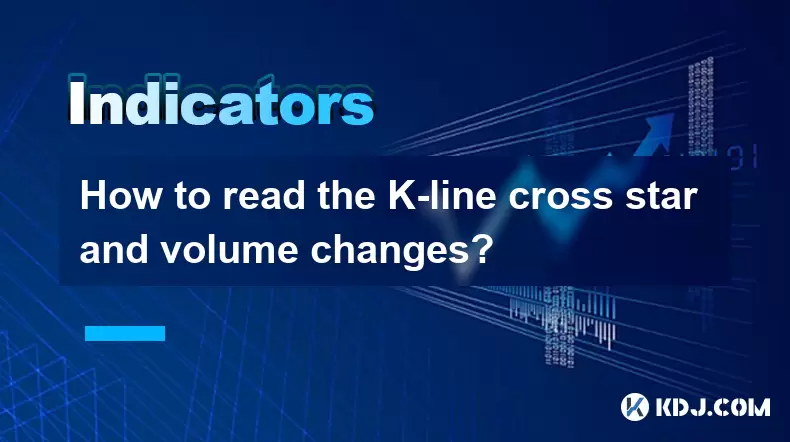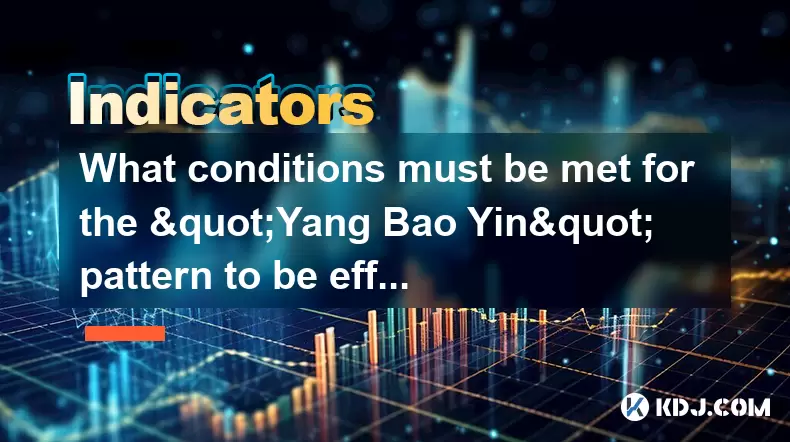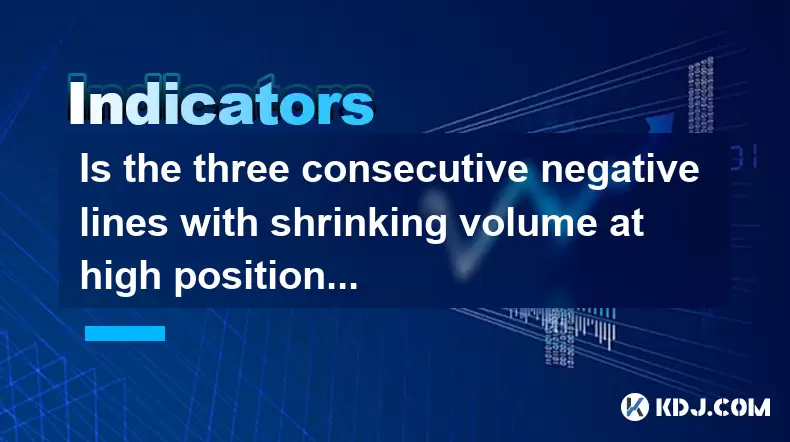-
 Bitcoin
Bitcoin $105,389.9954
1.25% -
 Ethereum
Ethereum $2,554.1045
2.02% -
 Tether USDt
Tether USDt $1.0006
0.01% -
 XRP
XRP $2.1631
2.21% -
 BNB
BNB $651.4909
0.72% -
 Solana
Solana $146.9831
2.13% -
 USDC
USDC $0.9998
0.01% -
 Dogecoin
Dogecoin $0.1783
2.82% -
 TRON
TRON $0.2715
0.12% -
 Cardano
Cardano $0.6373
1.04% -
 Hyperliquid
Hyperliquid $41.9272
8.97% -
 Sui
Sui $3.0368
0.85% -
 Bitcoin Cash
Bitcoin Cash $442.2641
10.39% -
 Chainlink
Chainlink $13.3031
0.89% -
 UNUS SED LEO
UNUS SED LEO $9.0204
1.64% -
 Avalanche
Avalanche $19.3137
2.18% -
 Stellar
Stellar $0.2601
1.39% -
 Toncoin
Toncoin $3.0236
2.54% -
 Shiba Inu
Shiba Inu $0.0...01214
3.91% -
 Hedera
Hedera $0.1591
2.79% -
 Litecoin
Litecoin $86.3865
4.28% -
 Polkadot
Polkadot $3.8186
1.42% -
 Ethena USDe
Ethena USDe $1.0005
0.01% -
 Monero
Monero $310.9934
0.68% -
 Dai
Dai $0.9999
0.02% -
 Bitget Token
Bitget Token $4.5551
1.01% -
 Pepe
Pepe $0.0...01120
5.12% -
 Uniswap
Uniswap $7.4950
6.18% -
 Aave
Aave $286.6126
6.70% -
 Pi
Pi $0.5814
3.91%
How to read the K-line cross star and volume changes?
The K-line cross star, a candlestick pattern with a small body and long shadows, signals potential trend reversals or continuations when analyzed with volume changes.
Jun 12, 2025 at 11:14 am

The K-line chart is a fundamental tool used by traders in the cryptocurrency market to analyze price movements and make informed trading decisions. Among the various patterns that traders look for, the cross star is particularly significant due to its potential to signal a reversal or continuation of a trend. In this article, we will delve into how to read the K-line cross star and understand the accompanying volume changes, which can provide deeper insights into market sentiment.
Understanding the K-Line Cross Star
The K-line cross star is a candlestick pattern that appears on a chart when the opening and closing prices of a cryptocurrency are very close to each other, resulting in a small body with long upper and lower shadows. This pattern can be either bullish or bearish, depending on the context in which it appears.
- Bullish Cross Star: A bullish cross star occurs when the small body is located near the lower end of the trading range, suggesting that buyers are starting to gain control after a period of selling pressure.
- Bearish Cross Star: Conversely, a bearish cross star appears when the small body is located near the upper end of the trading range, indicating that sellers are beginning to dominate after a period of buying pressure.
Identifying a Cross Star on the Chart
To identify a cross star on a K-line chart, follow these steps:
- Examine the Candlestick: Look for a candlestick with a small body and long upper and lower shadows. The body should be significantly smaller compared to the shadows.
- Check the Position: Determine whether the small body is near the top or bottom of the trading range to classify it as bearish or bullish.
- Confirm the Pattern: Ensure that the previous candlesticks show a clear trend that the cross star might be reversing or continuing.
Analyzing Volume Changes with the Cross Star
Volume is a critical indicator that can enhance the reliability of the cross star pattern. When interpreting volume changes alongside a cross star, consider the following:
- High Volume: If the cross star appears with high trading volume, it suggests strong market participation and increases the likelihood of the pattern's predictive power. High volume accompanying a bullish cross star can indicate strong buying interest, while high volume with a bearish cross star may signal significant selling pressure.
- Low Volume: Conversely, if the cross star occurs on low volume, it might indicate a lack of conviction in the market movement, reducing the reliability of the pattern.
Combining Cross Star and Volume for Trading Decisions
When using the cross star and volume changes to make trading decisions, it's essential to consider the broader market context. Here's how you can integrate these elements into your trading strategy:
- Trend Confirmation: Use the cross star to confirm trends. A bullish cross star on high volume in an uptrend can reinforce a buy signal, while a bearish cross star on high volume in a downtrend can validate a sell signal.
- Reversal Signals: Look for cross stars that appear after a prolonged trend. A bullish cross star on high volume at the end of a downtrend could signal a potential reversal, whereas a bearish cross star on high volume at the end of an uptrend might indicate an impending downturn.
- Risk Management: Always consider the risk associated with any trading decision. Even with a clear cross star and volume indication, use stop-loss orders to manage potential losses.
Practical Example of Reading a Cross Star and Volume
Let's consider a practical example to illustrate how to read a cross star and its accompanying volume changes:
- Scenario: You are monitoring the price of Bitcoin (BTC) and notice a bearish cross star forming after a prolonged uptrend.
- Volume Analysis: The bearish cross star appears on a day with significantly higher trading volume than the previous days.
- Interpretation: The high volume accompanying the bearish cross star suggests strong selling pressure, indicating that the uptrend might be losing steam. This could be a signal to consider taking profits or initiating a short position.
- Action: You decide to sell a portion of your BTC holdings and set a stop-loss order above the recent high to manage risk.
Using Additional Indicators with the Cross Star
While the cross star and volume changes provide valuable insights, combining them with other technical indicators can enhance your analysis:
- Moving Averages: Use moving averages to confirm the trend direction. A bullish cross star above a rising moving average can reinforce a bullish signal, while a bearish cross star below a falling moving average can strengthen a bearish signal.
- Relative Strength Index (RSI): The RSI can help identify overbought or oversold conditions. A bullish cross star in an oversold condition may suggest a potential reversal, whereas a bearish cross star in an overbought condition could indicate an impending downturn.
- MACD: The Moving Average Convergence Divergence (MACD) can provide additional confirmation of trend changes. A bullish cross star accompanied by a bullish MACD crossover can increase the confidence in a bullish signal, while a bearish cross star with a bearish MACD crossover can enhance a bearish signal.
Practical Tips for Reading Cross Stars and Volume
To effectively read cross stars and volume changes, keep the following tips in mind:
- Context is Key: Always consider the broader market context and the trend leading up to the cross star.
- Volume Confirmation: High volume can significantly enhance the reliability of the cross star pattern.
- Multiple Timeframes: Analyze the cross star and volume changes across multiple timeframes to get a comprehensive view of market sentiment.
- Patience and Discipline: Avoid jumping to conclusions based on a single cross star. Look for confirmation from subsequent candlesticks and additional indicators.
Frequently Asked Questions
Q1: Can a cross star be a continuation pattern as well as a reversal pattern?
Yes, a cross star can serve as both a continuation and a reversal pattern. Its interpretation depends on the preceding trend and the accompanying volume. If a cross star appears during a strong trend and is followed by a continuation of that trend, it can be considered a continuation pattern. However, if it appears at the end of a trend and is followed by a reversal, it acts as a reversal pattern.
Q2: How reliable is the cross star pattern in predicting market movements?
The reliability of the cross star pattern can vary depending on several factors, including the volume, the broader market context, and the time frame of the chart. Generally, a cross star accompanied by high volume and confirmed by other technical indicators is considered more reliable. However, no single pattern guarantees market movements, and traders should always use additional analysis and risk management strategies.
Q3: What other candlestick patterns should I look for alongside the cross star?
In addition to the cross star, traders often look for other significant candlestick patterns such as the doji, hammer, and shooting star. The doji, like the cross star, indicates indecision in the market and can signal potential reversals. The hammer and shooting star patterns, on the other hand, are strong reversal indicators that can complement the cross star's signals.
Q4: How can I practice reading cross stars and volume changes without risking real money?
You can practice reading cross stars and volume changes using a demo trading account offered by many cryptocurrency exchanges and trading platforms. These accounts allow you to trade with virtual money, enabling you to gain experience without financial risk. Additionally, analyzing historical charts and participating in trading simulations can help you hone your skills.
Disclaimer:info@kdj.com
The information provided is not trading advice. kdj.com does not assume any responsibility for any investments made based on the information provided in this article. Cryptocurrencies are highly volatile and it is highly recommended that you invest with caution after thorough research!
If you believe that the content used on this website infringes your copyright, please contact us immediately (info@kdj.com) and we will delete it promptly.
- Fartcoin and SPX6900 Are Two of the Most Dominant Solana Meme Coins Right Now
- 2025-06-14 12:30:12
- XRP Price Action Holds Near Resistance Ahead of June 16
- 2025-06-14 12:30:12
- MicroStrategy Prepared to Take on Competition from Top Firms Like JP Morgan, Saylor Insists
- 2025-06-14 12:25:12
- If You Had $1 Million in Cash, How Would You Manage It?
- 2025-06-14 12:25:12
- "XRP (Ripple) and Ripple's stablecoin RLUSD will boost each other's demand."
- 2025-06-14 12:20:12
- Ukraine's parliament has introduced a draft bill to allow Bitcoin and other digital assets into the National Bank of Ukraine's gold and foreign currency reserves
- 2025-06-14 12:20:12
Related knowledge

How to calculate the probability of trend continuation after the MACD column divergence?
Jun 14,2025 at 08:01am
Understanding MACD Column DivergenceThe Moving Average Convergence Divergence (MACD) is a widely used technical indicator in cryptocurrency trading. The MACD column, also known as the histogram, represents the difference between the MACD line and the signal line. When price makes a new high or low but the MACD histogram does not confirm this movement, a...

What are the volume requirements for adjusting the K line in the "rising three methods" pattern?
Jun 14,2025 at 07:50am
Understanding the 'Rising Three Methods' Pattern in Cryptocurrency TradingThe 'rising three methods' pattern is a bullish continuation candlestick formation that traders often use to identify potential upward momentum in cryptocurrency price charts. This pattern typically appears during an uptrend and suggests that the trend is likely to continue after ...

What conditions must be met for the "Yang Bao Yin" pattern to be effective?
Jun 14,2025 at 06:42am
Understanding the 'Yang Bao Yin' Pattern in Cryptocurrency TradingThe Yang Bao Yin pattern is a candlestick formation commonly observed in technical analysis within the cryptocurrency market. This pattern typically signals a potential bullish reversal after a downtrend. However, for this pattern to be effective and reliable, certain conditions must be m...

Is the three consecutive negative lines with shrinking volume at high positions a signal that the main force has finished shipping?
Jun 14,2025 at 09:56am
Understanding the Concept of Three Consecutive Negative LinesIn cryptocurrency trading, three consecutive negative lines refer to a situation where an asset's price chart shows three successive candlesticks with closing prices lower than their opening prices. This pattern typically indicates bearish sentiment in the market. When this occurs at high posi...

Is it an opportunity for the long positive line with large volume to break through the platform and then shrink back?
Jun 14,2025 at 04:42am
Understanding the Long Positive Line with Large VolumeIn technical analysis, a long positive line refers to a candlestick pattern where the closing price is significantly higher than the opening price, often indicating strong buying pressure. When this occurs alongside large volume, it suggests that market participants are actively involved in pushing t...

How to grasp the 60-minute KD oversold + 15-minute bottom divergence?
Jun 14,2025 at 06:15am
Understanding the 60-Minute KD Oversold SignalThe KD indicator, also known as the Stochastic Oscillator, is a momentum oscillator that compares a particular closing price of a cryptocurrency to its price range over a given time period. When analyzing 60-minute charts, traders often look for oversold conditions in the KD line, which typically occur when ...

How to calculate the probability of trend continuation after the MACD column divergence?
Jun 14,2025 at 08:01am
Understanding MACD Column DivergenceThe Moving Average Convergence Divergence (MACD) is a widely used technical indicator in cryptocurrency trading. The MACD column, also known as the histogram, represents the difference between the MACD line and the signal line. When price makes a new high or low but the MACD histogram does not confirm this movement, a...

What are the volume requirements for adjusting the K line in the "rising three methods" pattern?
Jun 14,2025 at 07:50am
Understanding the 'Rising Three Methods' Pattern in Cryptocurrency TradingThe 'rising three methods' pattern is a bullish continuation candlestick formation that traders often use to identify potential upward momentum in cryptocurrency price charts. This pattern typically appears during an uptrend and suggests that the trend is likely to continue after ...

What conditions must be met for the "Yang Bao Yin" pattern to be effective?
Jun 14,2025 at 06:42am
Understanding the 'Yang Bao Yin' Pattern in Cryptocurrency TradingThe Yang Bao Yin pattern is a candlestick formation commonly observed in technical analysis within the cryptocurrency market. This pattern typically signals a potential bullish reversal after a downtrend. However, for this pattern to be effective and reliable, certain conditions must be m...

Is the three consecutive negative lines with shrinking volume at high positions a signal that the main force has finished shipping?
Jun 14,2025 at 09:56am
Understanding the Concept of Three Consecutive Negative LinesIn cryptocurrency trading, three consecutive negative lines refer to a situation where an asset's price chart shows three successive candlesticks with closing prices lower than their opening prices. This pattern typically indicates bearish sentiment in the market. When this occurs at high posi...

Is it an opportunity for the long positive line with large volume to break through the platform and then shrink back?
Jun 14,2025 at 04:42am
Understanding the Long Positive Line with Large VolumeIn technical analysis, a long positive line refers to a candlestick pattern where the closing price is significantly higher than the opening price, often indicating strong buying pressure. When this occurs alongside large volume, it suggests that market participants are actively involved in pushing t...

How to grasp the 60-minute KD oversold + 15-minute bottom divergence?
Jun 14,2025 at 06:15am
Understanding the 60-Minute KD Oversold SignalThe KD indicator, also known as the Stochastic Oscillator, is a momentum oscillator that compares a particular closing price of a cryptocurrency to its price range over a given time period. When analyzing 60-minute charts, traders often look for oversold conditions in the KD line, which typically occur when ...
See all articles

























































































